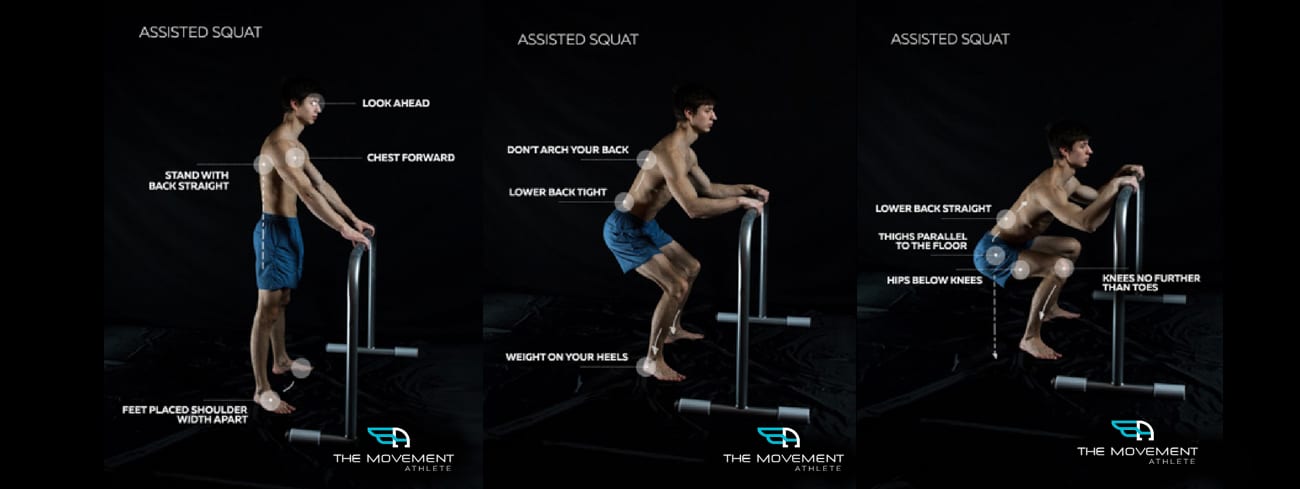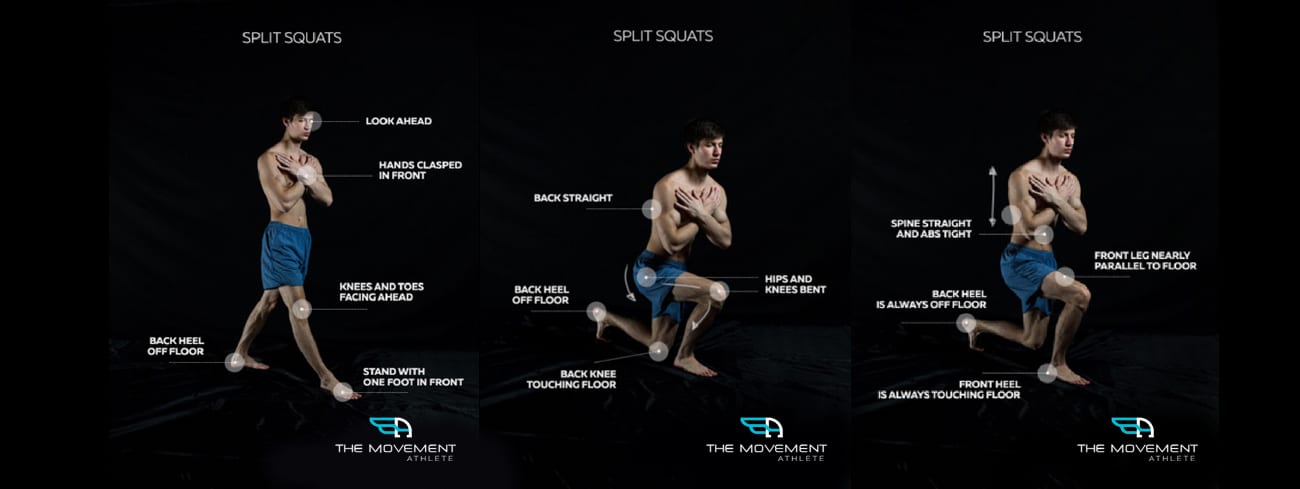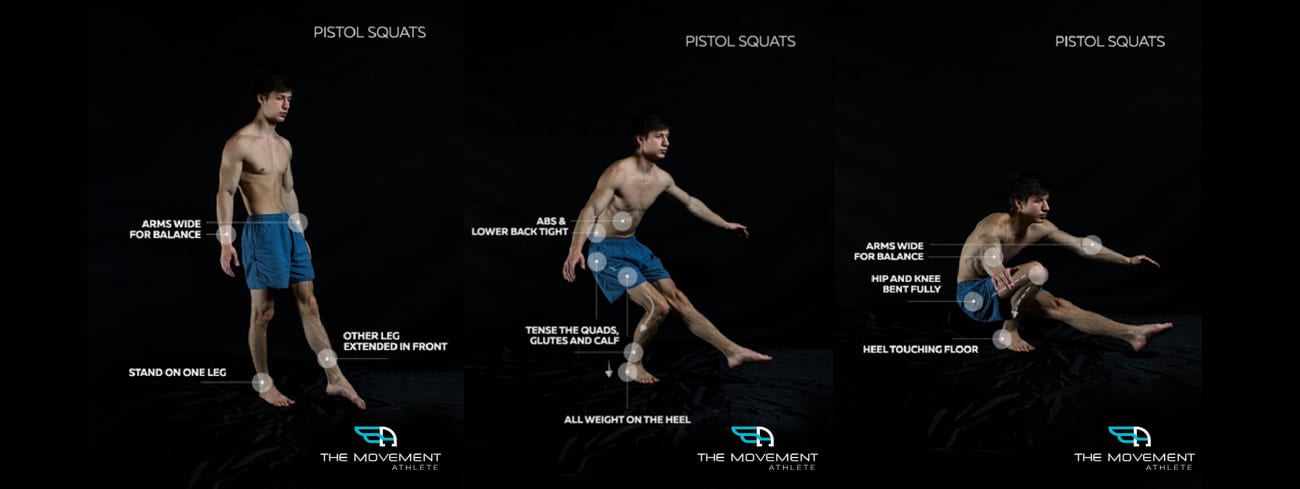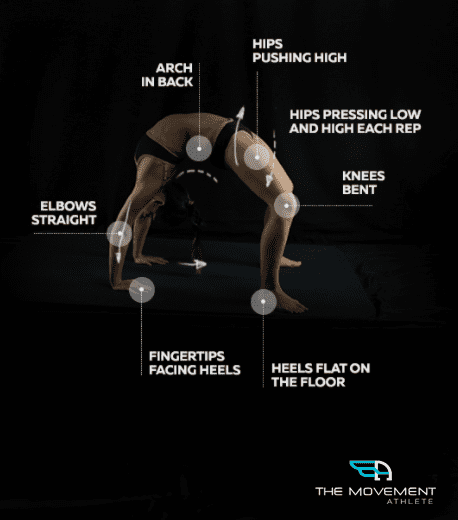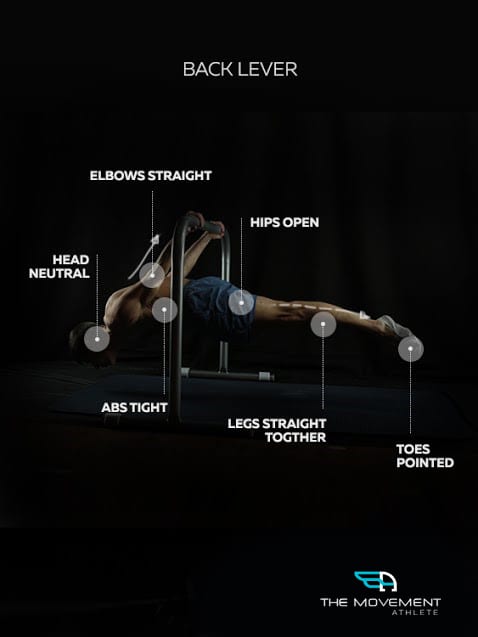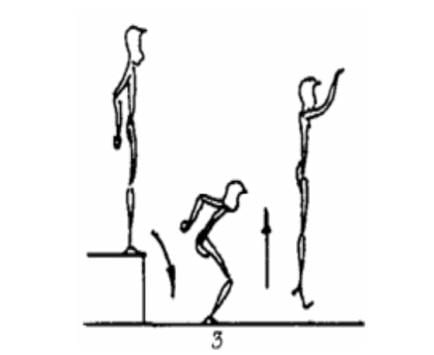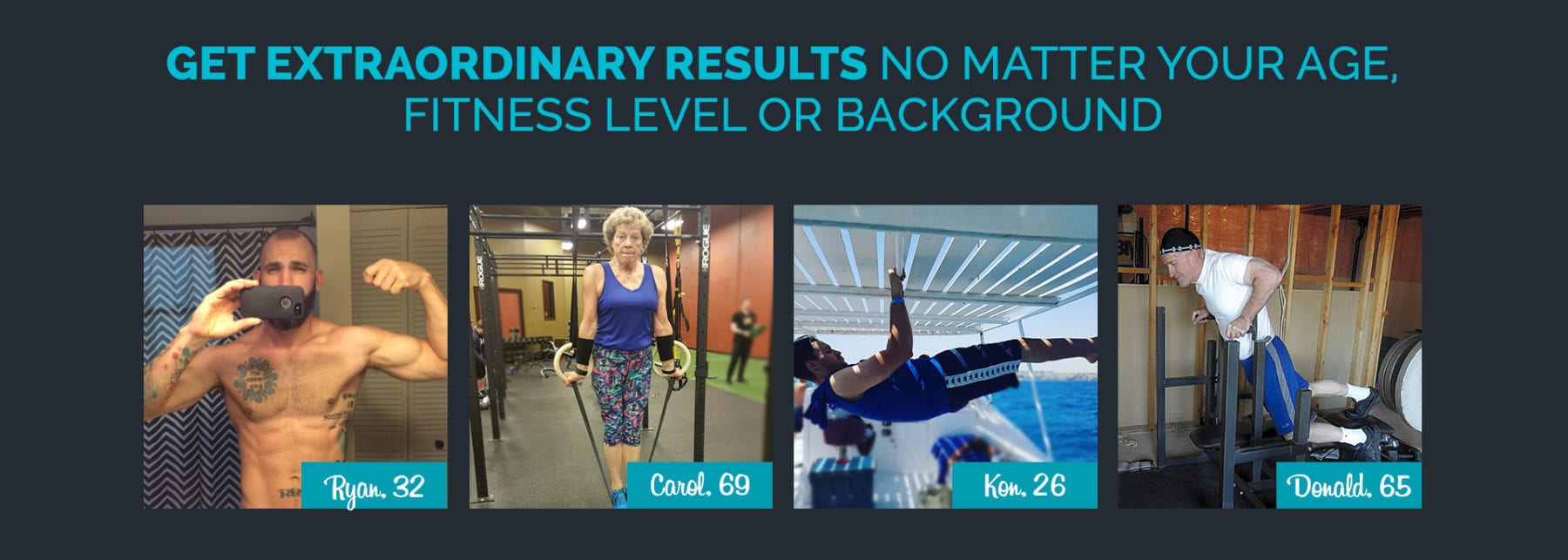Join the tribe of Movement & Calisthenics Athlete – People just like you that are working with their own body weight to get strength, lose fat build muscle, recover from injuries and live their best lives!
You can develop super-powerful, superhuman thunder thighs with bodyweight training and calisthenics.
I’m here to prove it. 👊
🔎The stereotype goes that calisthenics and bodyweight can only take you so far in leg development. In fact, the only cool exercise there is for legs is the pistol squat.
That’s WRONG.
Calisthenics and bodyweight training can, in fact, train your legs to super-stardom. 🤩
The stereotype
Too many people think that legs don’t matter in calisthenics because the most advanced skills are typically hand balancing ones, or arm- and core-strength skills. Think of the handstand, the human flag, the planche, etc.
But that’s not all calisthenics and bodyweight training is about.
Fundamental principles of calisthenics
The etymology behind “calisthenics” comes from Greek, “kalli” (beautiful) and “sthenos” (strength). Ideologically, calisthenics wants to help you develop your strength, body and mind holistically, in as complete a manner as possible. Calisthenics might have focused exercises, but it’ll never mean that you should focus exclusively on one part of your body and completely ignore another.
If you have a strong upper-body and weak legs, your body isn’t holistically trained.
📌Calisthenics is composed of a series of pushing and pulling exercises. Some are vertical, some are horizontal. Some make use of the core, some make use of the lower back, some focus exclusively on a certain muscle grouping.
But the end-goal of calisthenics will always be that you be able to use different muscle groups in coordination with each other. This will allow you to achieve impressive feats of strength, balance and flexibility that most people think impossible for the average Joe.
So no one should be asking me, why is it so important to train my legs?
Why is it so important to train my legs?
But if I haven’t convinced you about the benefits of holistically training your body, here’s a more in-depth explanation as to why it’s so important to train your legs.

DEVELOP RANGE-OF-MOTION (ROM)
For those who don’t know what range-of-motion, or ROM is, The Free Dictionary defines it as, “the range through which a joint can be moved, usually its range of flexion and extension, as determined by the type of joint, its articular surfaces, and that allowed by regional muscles, tendons, ligaments, joints, and physiologic control of movement across the joint.”
Basically, how far and wide you can move your body.
So how good is your ROM? Let’s test it out.
Take a look at the deep squat.
I challenge you to try doing 20 squats, following this step-by-step tutorial.
Harder than it seems, right?
That’s because you need to develop your range-of-motion. It’s necessary if you want to accomplish some of the more challenging moves.
Most traditional weight-lifting will have you doing half-reps that will pump up the muscle but reduce the overall ROM of your hamstrings.
To successfully do 20-40 reps for 3 sets, your hamstrings need to be flexible enough to go down as low as proper form requires….heels to ass.

DEVELOP BALANCE
Let’s revisit the oh-so-popular and famous pistol squat.
If you want to successfully achieve a pistol squat with proper form, your ankle needs to be strong, your balance completely centered on the standing leg. That balance needs to be maintained throughout the entire descent and ascent of the body. If you aren’t balanced, you won’t successfully go down or get out of the pistol squat.
You’ll just fall.
So, strong as you might be, you need that balance to do seemingly simple-looking exercises.

PREP YOUR BODY FOR CALISTHENICS POWER MOVES
The strength you’ll develop in your legs will allow you to progress with more advanced calisthenics power moves.
Take aerials, for example. Flips, jumps, flags, planches, explosive moves in general…they all require leg strength, if you haven’t realized it yet.
If you have perfect mastery of your squat, you’ll master much more easily some of the aerial moves, namely front or back flips.
…who wants chicken legs with a powerful upper-body anyway?
🤜 DIFFERENT GOALS = DIFFERENT TRAINING
I’m going to conclude this article with a list of exercises, but your outcome goals will make a difference on how you do the exercises, in addition to which ones you’ll want to do.
Do you want to master explosive moves?
Parkour pros, trick, and acrobatic athletes want this kind of power.
So don’t do any kind of heavy lifting, and the squeezing for trunk-like legs definitely won’t benefit you.
Your focus should be almost exclusively on skill-work and train the explosive moves you’re working towards, such as box jumps, jump-lunges, jump-squats, etc.
Do you want legs like tree trunks? 😲
To be quite honest, if this is your main goal, and you want a very quick result, weight-lifting might just be the best training method for you. However, if you’re working with a long-term goal, calisthenics does provide some solutions.
Quite simply put, the exercises will be focused on pushing your muscles as far as they can go, both in terms of strength and endurance.
How to train your legs🦵 to build mass and endurance
If you ever want to build mass, there are some fundamental rules you need to follow.
Rules to build mass and endurance
1. ✅ Do multiple sets
If you want to develop muscle, then you need to focus on doing high volume in your workout. One set won’t be enough for this goal. Instead, try doing upwards of 4 sets, with no more than 60 seconds of rest before going at it again.
2. ✅ Muscle groups are important
Focus on the different muscle groups: working one single muscle isn’t enough. If you train muscle groups instead, a faster development will occur.
3. ✅ Don’t rest!
You need to fatigue your body without rest during the workout in order to avoid its recovery. Push your body to its limits, training until you can’t keep proper form anymore.
4. ✅ Use the full range-of-motion
Make sure that you’re working the full range-of-motion of your legs. Again, it’ll help you work through multiple muscle groupings, which is the most optimal way to train.
Here’s a basic workout with the focus being on
building mass and endurance:
A LEG WORKOUT TO BUILD MASS
Remember, volume is super important to fully fatigue a muscle group. Try doing this set 4-6 times total. Give yourself approximately 60 seconds’ rest between each set.
Here’s how a full leg workout might look:
1. Warm-up
Warm-ups need to be active stretches: go look for that stretch and tense your muscles. Don’t hang there, because it will negatively impact the muscle-development you’re aiming for.
Front fold 2-3 times, 30-second holds
Femur stretch 2-3 times, 30-second holds
Front-straddle stretch 2-3 times, 30-second holds
2. Routine
Complete Leg Set
1. Sprints 2-3 10-15 sec sprints
2. Assisted squat 15 reps
3. Split squat 15 reps
4. Jumping split squat 10 reps
5. Pistol Squat 15 reps
6. Bridge 15 reps
7. Running Man 15 reps
8. Squat jumps 15 reps
9. Depth jumps 15 reps
Rest for 60 seconds
Repeat the set at least 3 more times
Is your goal calisthenics mastery?
This goal will bring your focus on pure skill-work, and mastery of the different progressions.
With this goal in mind, you should start with the progressions you’re almost mastering, and slowly work your way up. The list of leg exercises I’m offering here might help, but if you want to attain calisthenics mastery, I highly encourage you to join The Movement Athlete program and community.
Why is the Pistol Squat a Fundamental movement?
I mentioned this earlier; the pistol squat is the ultimate challenge for leg strength.
It requires both the push and lift aspect of bodily (rotational) strength, in addition to the need for strong ankles and excellent balance.
The pistol squat allows you to scope out any issues you might have in your ankles, legs and hips: it’ll help you uncover issues with mobility, hamstring flexibility, ankle strength and overall lower-body range-of-motion.
It’s a one-sided movement that challenges your balance in a way that the standard deep squat just can’t, since the two feet planted firmly on the ground.
Training your pistol squat will only benefit your overall health and lower-body strength. It develops a durable strength while addressing key issues of those important joints.
Your range-of-motion will be thoroughly challenged, your weaknesses made obvious and a solution provided, all thanks to this one movement that is deceptively difficult.
But…I can’t do a Pistol squat yet. So what now?
If you can’t do it yet, that’s OK. Because if you set your mind to it, you will master it.
Start with following our progression.
Calisthenics is focused on working through progressions. If you can’t do the pistol squat yet, start with an easier progression. If you’re not sure where to start, try out the Movement Athlete assessment to find out!
Don’t force the process. You need to start at the level that’s best for you. It’ll help you learn proper form, master your body from the ground up and prevent you from risking any injury.
We’ve written extensively on the importance of personalization and how doing the standardized beginners/intermediate exercises is hurting your progress. The Movement Athlete Academy adjusts your workouts based on your feedback during a particular training session.
Calisthenics leg training is more than the pistol squat
The myth goes that the only leg training calisthenics offers is the pistol squat.
…which in itself is a badass exercise, as you now know. So if you haven’t tried it and are judging, I suggest you go test it out right here and now and then be quiet and keep reading.
Calisthenics includes many other squat variations, and even weight variations for leg training, such as plyometric jumps.
As soon as you start looking beyond what’s in front of you and mixing up different disciplines, you’ll see the vastness of what’s out there and what we can do with our bodies.
There are bodyweight leg exercises that go beyond a pistol squat. Although they’re limited, they’ll turn your legs into tree trunks if that’s what you’re aiming for. Combining those with explosive squat variations can really do magic.
Still not convinced?
Just look at some of the biggest names in calisthenics: Frank Medrano and Lazar Novovic.
Gymnasts are known to train exclusively with calisthenics. Their legs are incredibly muscular nonetheless.
So let’s stop stereotyping calisthenics leg training, m’kay?
I’ve put together a list of some of the essentials of leg-training in calisthenics. Make sure you first warm-up before attacking the exercises, and always, ALWAYS do the exercise at the level where you are. DON’T FORCE something you’re not ready to do just yet. The more consistently you train, the better results you’ll have. And the more safely you’ll be training
Warm-Ups
Warm-ups are crucial. Don’t skip this part!
ALWAYS take your time and do the exercises, and warm-ups, as slowly as you can. I’d encourage to try executing each movement in no less than 30 seconds.
1. 😀 Forward Fold
How to perform
– Stand straight with feet close and look straight ahead
– Bend down slowly to touch the floor with your fingers, a little far away from the feet
– Make sure your knees remain straight and heels rest on the floor
– Hold this position for as long as you can
– Feel the stretch in the hamstrings and the calf muscles
– Come back up slowly
– Repeat a few times
.
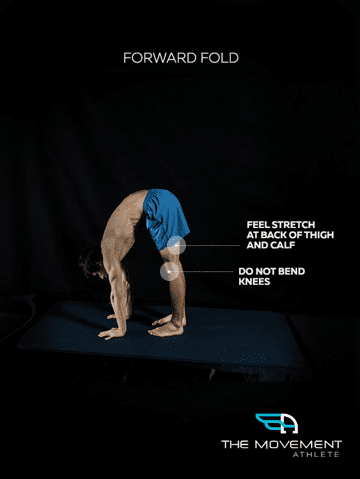
2. 😀 Femur Stretch
How to perform
– Place your legs close, with the knees slightly bent. Make sure you have a good balance to do the movement.
– Bend from your hips and try to touch your stomach (body) to your thighs
– Keep your arms straight and outstretched with hands clasped together. Look at your hands
– In this position, try and move your arms straight and slightly upwards
– Holds this position as long as you can
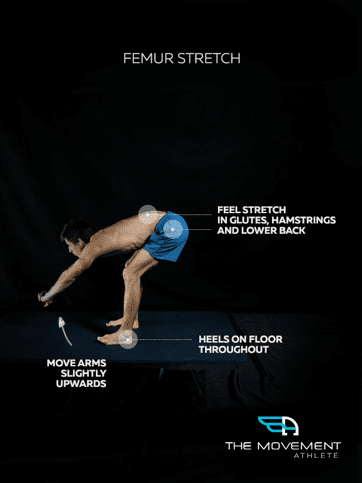
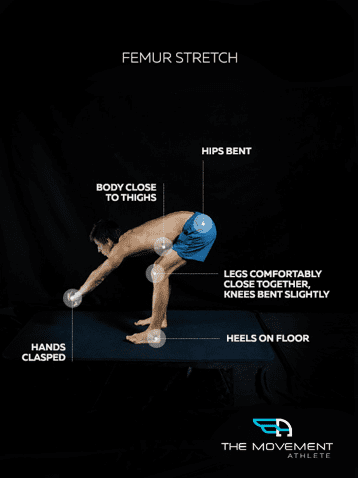
3. 😀 Forward Straddle Stretch
How to perform
– Sit on the floor with your legs as wide apart as possible
– Keep your knees straight and toes pointing forward
– Bend forward until your forearms rest on the floor. Clasp your hands together
– Keep your elbows bent slightly. Look ahead
– Feel the stretch in your inner thighs, hamstrings, calf, and low back
– Hold this position as long as you can
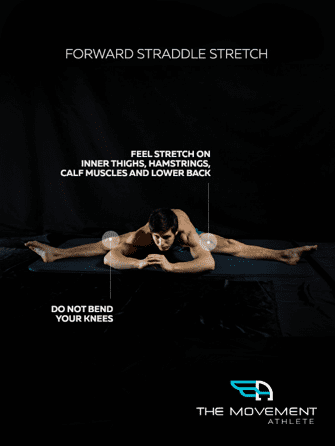
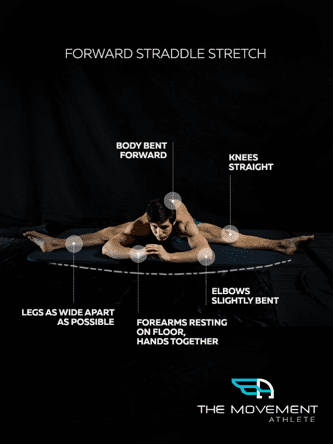
10 Bodyweight Leg Training Exercises
I’m sharing with you some starting and some mastery exercises. If you want to know exactly which kinds of exercises YOU should be doing, go try The Movement’s Athlete program for free. This is just a small taste of everything calisthenics has to offer for your leg training.

ASSISTED SQUAT (STARTING)
About the movement
Assisted Squats are a good workout for the major muscles of the leg like quadriceps, hamstrings and the glutes (or the buttocks). The movement also stresses the core muscles, inner thigh muscles and calf muscles as they help maintain posture and balance throughout the exercise. It’s a great exercise to start conditioning you into proper squat work.
How to perform
– Hold on to a stable object (without wheels) like a rack or the back of a chair, placed at arm’s length for minimal support
– Place your feet shoulder-width apart
– Stand straight with eyes, knees, and toes pointing straight ahead
– Bend your hips and knees to lower your body as if attempting to sit
– Go down as low as you can without curving your back. Eventually, you want to go until your thighs are parallel with the floor
– Come back slowly to the starting position
Be careful
– This exercise places a lot of stress on knees
– If you are suffering from osteoarthritis or any other knee problem, do not bend your knees too much and do fewer reps
– Do not arch lower back while going down as it will cause low back pain

SPLIT SQUAT OR LUNGE (STARTING)
About the movement
Split squats are another exercise that specifically targets the quadriceps and the gluts. You need to have flexible calf and hip muscles to perform this exercise correctly. The core and low back muscles are always kept tight to stabilize the low back and pelvis.
How to perform
– Stand with one foot in front of the other
– Stand straight with eyes, knees, and toes pointing straight ahead
– The heel of your back foot is off the floor
– Clasp your hands in front of the chest to maintain balance
– Bend the front hip and knee to lower the body till front knee is in line with the toes
– Back knee touches the floor
– Come up by extending the front hip and knee
– Repeat the last three steps with the other leg in front
Be careful
– This exercise needs the full range of motion at the forefoot and ankle. Those with restricted forefoot and ankle movement will find it difficult to reach the finish position
– Those with tight hip flexor muscles will feel a stretch in the front of the rear thigh while going down
– If you are suffering from osteoarthritis or any other knee problem, do not bend your knees too much and do fewer reps
– Do not arch lower back while going down as it will cause low back pain

JUMP LUNGES (ADVANCED STARTING)
Follow the step-by-step from the previous exercises, but change the final movement:
– Jump explosively out of the bottom position
– Switch, or kick your legs mid-air
– Land directly into the next lunge, on the opposite leg

PISTOL SQUAT (MASTERY)
About the movement
Pistol Squats challenge both body strength and balance. The quadriceps and hamstrings are stressed a great deal as you need to go down all the way and come back only on one leg. It is a highly powerful exercise that needs a high level of fitness and good strength in the calf muscles. You need to have a good balance for this exercise.
How to perform
– Stand on one leg, with arms wide open for balance
– The other leg is extended in front
– Go down fully by bending at the hip and knee of the weight bearing leg, till the buttock touches the heel
– Do not allow the other leg to touch the floor
– Come up by pushing through the heel and straightening the knee
– Repeat with the other leg
Be careful
– This exercise requires full range of motion at the ankle, knee, and hips
– It’s advisable to stretch the quads, hamstrings and calf muscles before the exercise
– If your ankle movement is restricted, performing this movement will be difficult
– If you are suffering from osteoarthritis or any other knee problem, do fewer reps.
– Do not extend at the low back while coming up

BRIDGES (STARTING)
About the movement
The bridge is known as a calisthenics replacement for deadlifts. It works your glutes and hamstrings, as well as your shoulders and lower back, with the added benefit of working your mobility and flexibility.
How to perform
– Lie on your back, your knees bent and hip-width apart.
– Place your hands palms flat above your shoulders, right by your ears.
– Push your hands and feet into the ground, raising your hips towards the ceiling.
If the full bridge is too difficult, try glute bridges. It is the same movement except with your upper back on the ground. Work on your lower back mobility with similar bending stretches as well.
To make it more difficult, you can do it with one leg, one arm, or one leg and one arm.

RUNNING MAN (ADVANCED STARTING)
About the movement
Planks are a great set of exercises to get those perfect looking six-pack abs, broad chest, firm thighs and buttocks. The Running man position targets the deltoid, latissimus and chest muscles in addition to the hip flexors, hamstrings, abs, low back, glutes, and quads. This helps you get rid of that fat on the upper body. In addition to strengthening the core, this exercise routine also works towards improving your posture.
How to perform
– With hands placed shoulder-width apart, take weight through the hands
– Keep elbows straight
– Keep the hips and knees straight and legs close together with toes resting on the ground
– Back slightly rounded and abs tight
– Shoulders, back, hips, knees, and ankles are in line
– In this position perform running action with the legs
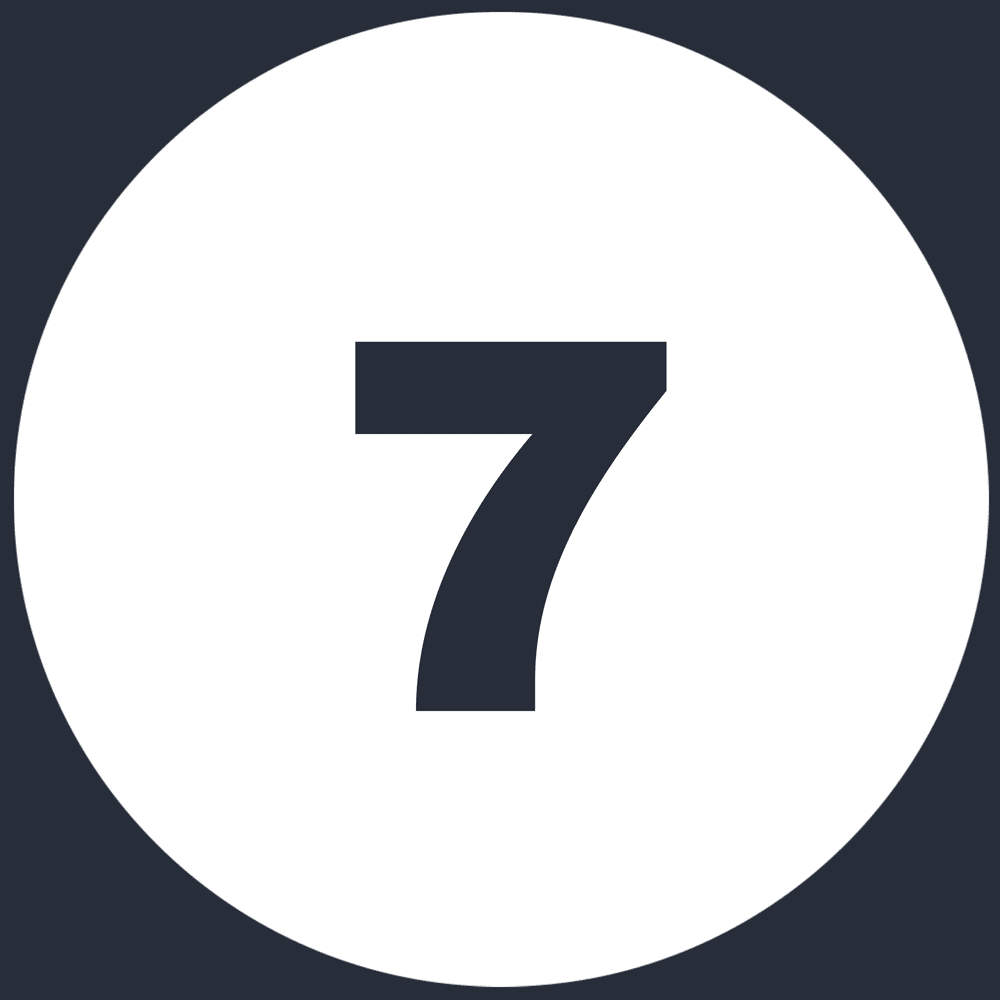
SQUAT JUMPS (MASTERY)
How to perform
– Stand in preparation for a deep squat (c.f. the step-by-step presented at the beginning of this post)
– Go down into the deep squat
– Jump on your toes
– Do NOT come out of the squat position while jumping.
– This is a LOW movement.
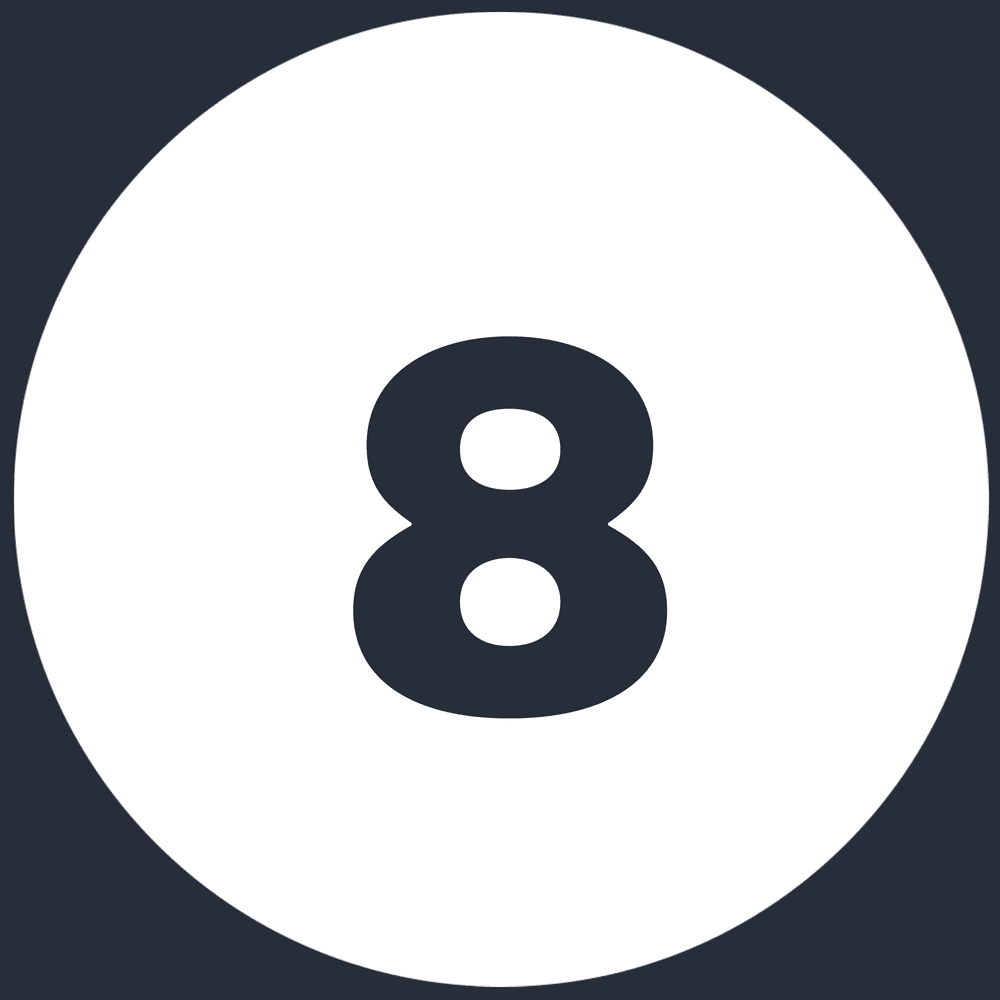
WALL SQUAT HOLD
Wall squat holds are an excellent way for you to build up the necessary strength in your quads so that eventually you can progress to more advanced BW squatting movements.
Start by standing with your back up against a wall, and your feet about 1-1.5 feet away from the wall. Slide your back down against the wall and into a squatting position. You will want to get as close as you can to having your thighs parallel compared to the ground.
Then simply hold this position for as long as you can without resting your arms on the top of your thighs.
These are a great exercise for any basketball players out there looking to improve their defensive position.
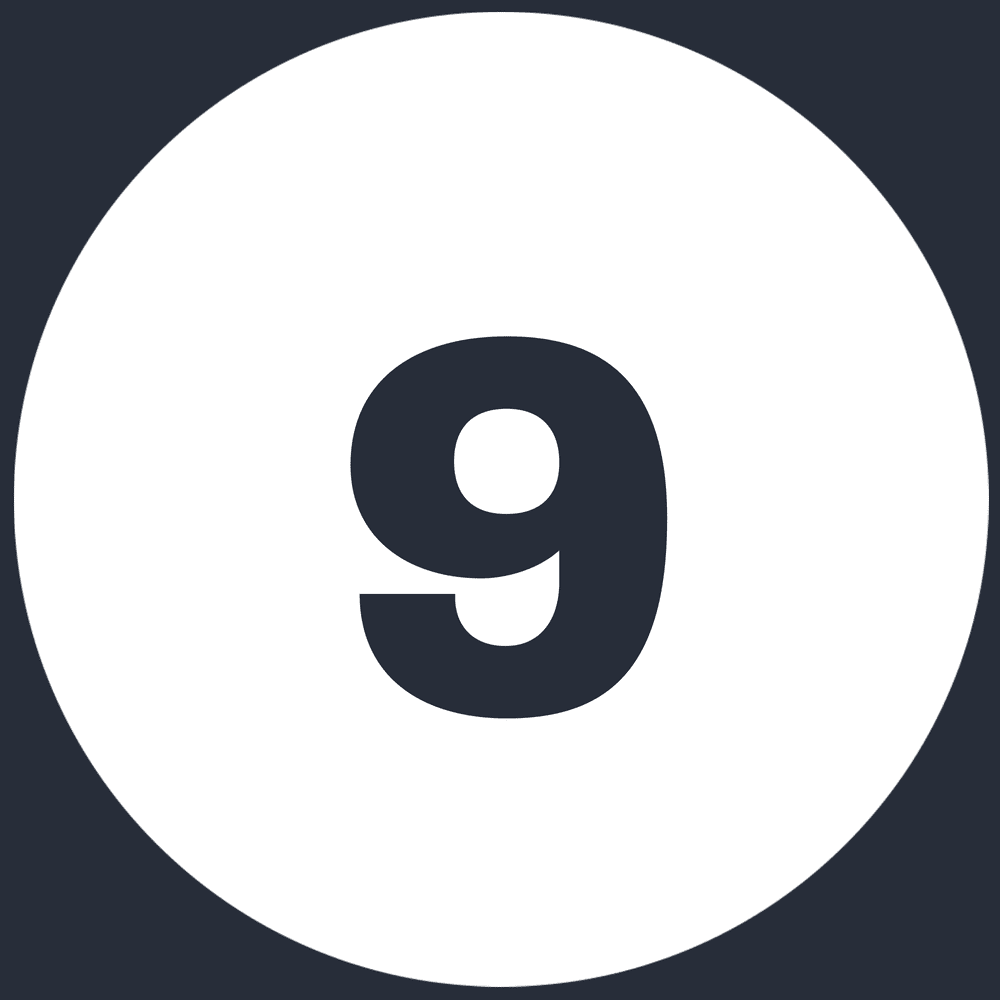
DEPTH JUMPS
About the movement
Depth jumps originated from the Russian trainer, Dr. Verkhoshansky. This movement was originally known as shock training, because of how quickly your muscles need to react and jump. The depth jumps, similar to box jumps, will train your lower body explosiveness, and build mass in the entire legs, including the calves.
How to perform
– The movement begins on top of a small box, rock, bench, etc,
– Take a small leap down to the ground
– When you land, keep your body relaxed. Don’t tense your knees, or they will absorb too much of the impact.
– As soon as you land, immediately jump forward or up as far as possible.
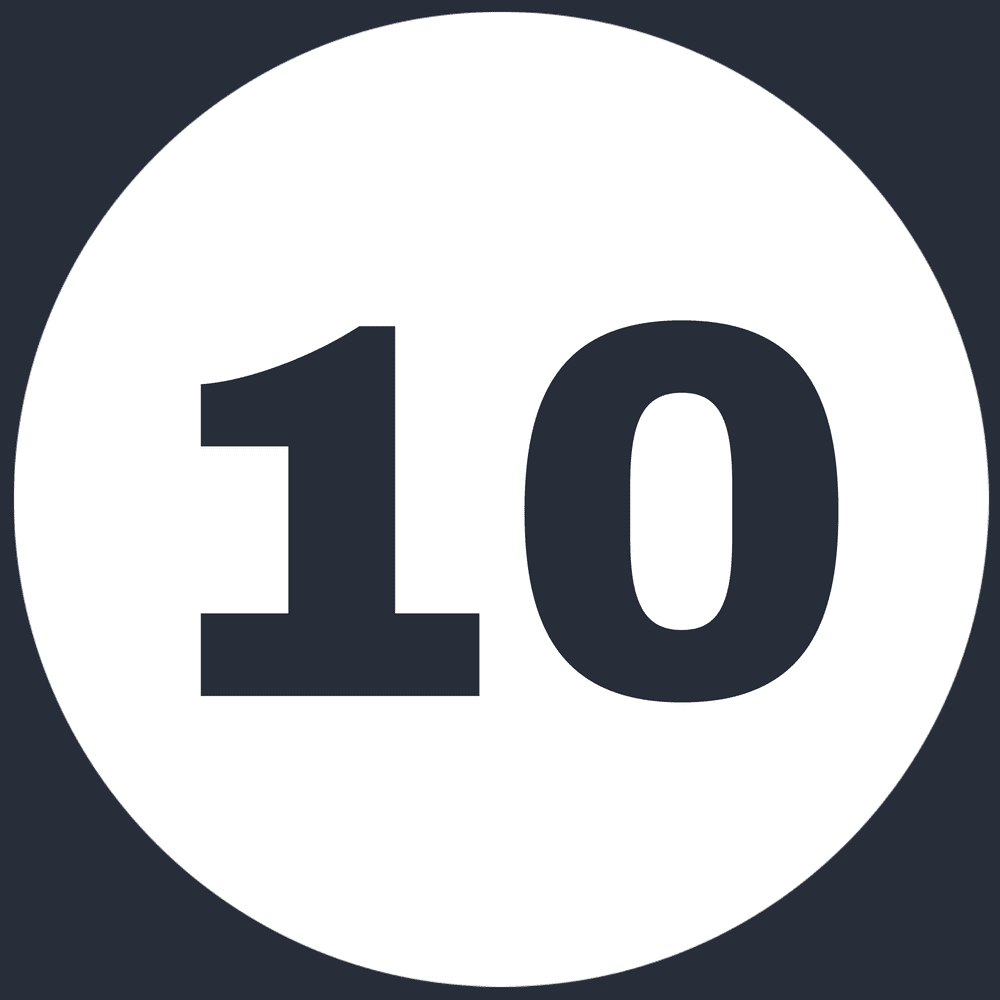
SPRINTS
About the movement
Spring might not be pure calisthenics, but intense, explosive movement is a crucial part of calisthenics training.
Sprints have a fat burning and muscle building effect. Typically, you do sprints in intervals. For example, sprint for ten seconds, then walk/rest for twenty seconds, and repeat. The intensity of the sprinting will keep your heart rate throughout the entire rest period.
One of the main things Sprinting has over long distance cardio is EPOC, meaning you continue to burn calories after your workout. But for the benefits of sprinting, don’t end there. Sprints work the entire leg, helping build up lower body muscle, lose fat and improve nutrient partitioning
👍 You NEED to train your legs, and this is just the starting point
Calisthenics can definitely help you get the legs of your dreams, but for that to happen, you need to train them.
Holistic training means also focusing your attention on that part of your body.
If you want to successfully achieve the planche or the human flag, you need your legs to be just as strong as your upper-body.
Just because you might ignore them doesn’t mean that they’re deadweight.
Legs deserve just as much love and training as the rest of your body.
🧐 How do you train your legs? Share your routine in the comments, or in our Facebook Group!

